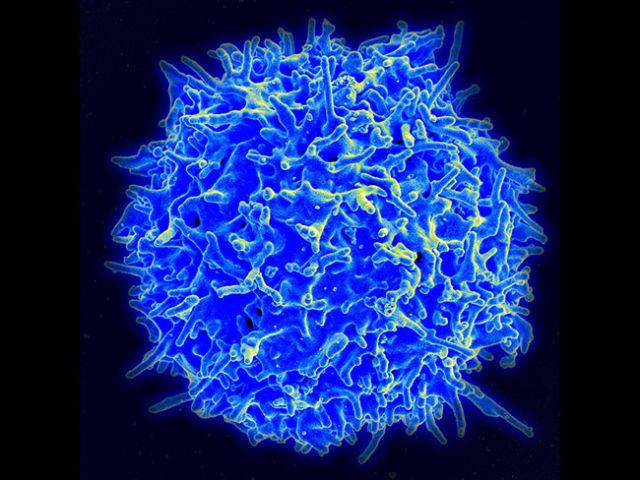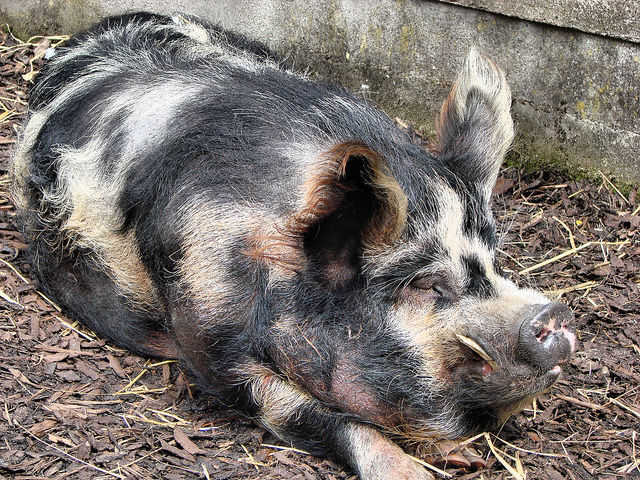
Apparently, humans can take more gene knockouts than you'd believe. (credit: Getty Images)
Making gene knockouts has long been one of researchers’ favorite ways to determine the function of a gene. If you eliminate a particular gene and it kills the organism, the thinking goes, then that gene must be pretty darn important. Less dramatic ramifications can be equally informative; knockouts have identified genes involved in things like growth, DNA repair, and limb formation.
Knockouts are usually generated in species that are laboratory standbys, like mice and yeast. Creating human knockouts has not really been done for the obvious ethical reasons, not to mention the technical ones (you have to wait 17 years between generations). But ultimately, the whole goal of these studies is to figure out what these genes are doing in humans.
Now a group of geneticists has decided that if you can't make them, you can find them. They've collected and studied human knockouts that have occurred naturally and reported the results in Science.






